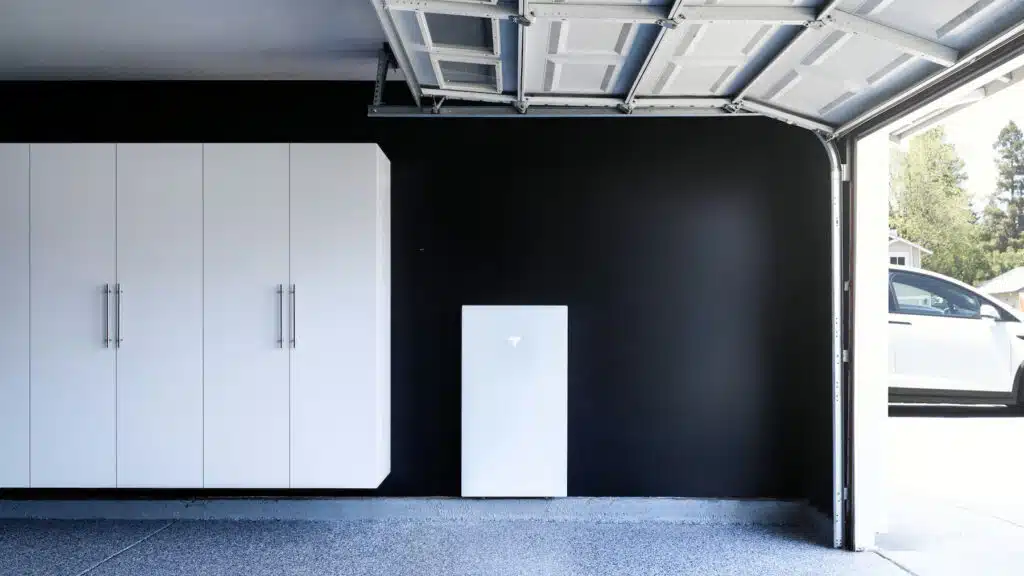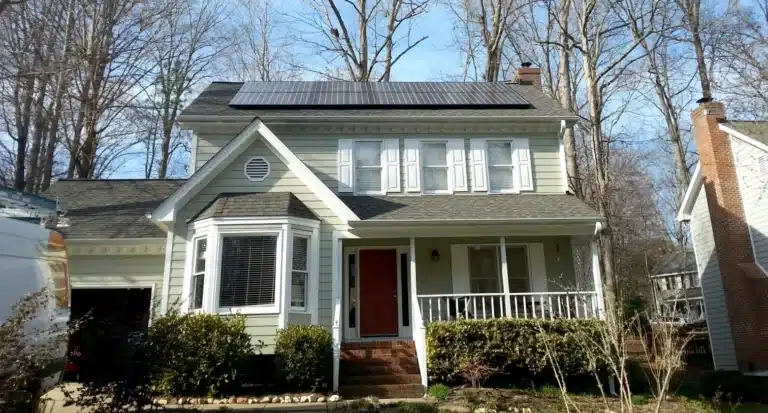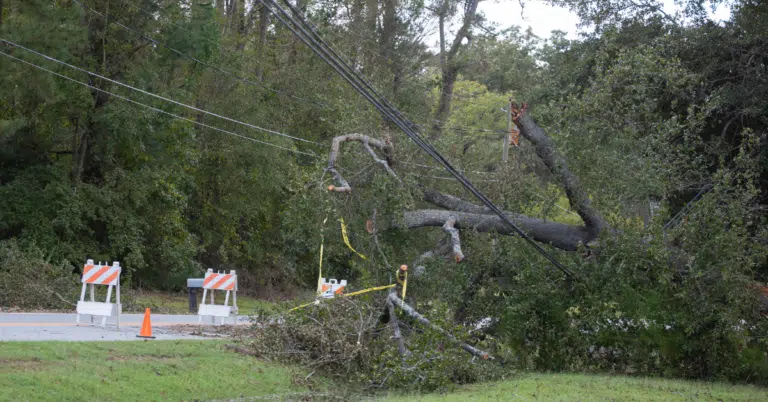Tesla introduces the Powerwall 3 for 2024
As a Certified Tesla Installer, Southern Energy Management has successfully installed 1,000 Powerwall 2s in North Carolina to date. And now, with Duke Energy switching to a new solar program, battery storage will become increasingly more valued in our state with more savings associated.
When deciding on your battery storage solution, it’s important to consider more than just the latest technology. Finding the right fit for your energy goals and lifestyle is key. In this blog, we’ll share what we know about the Powerwall 3 so far and compare it to our tried and true Powerwall 2.

3 New Features of the Tesla Powerwall 3
- Boosted Continuous Power: The Powerwall 3 offers between 20-30% more continuous power compared to the Tesla Powerwall Plus (PW+).
- More Inputs: The Powerwall 3 accommodates up to 35 panels (14kW) on a single inverter. Though using two inverters is often preferred to minimize energy clipping, the option to connect more panels is great for those with larger solar systems.
- Easier Installations: The reduced weight of the Powerwall 3 (57 pounds less to be exact) makes installations simpler, a plus for installers.
How does the Powerwall 3 compare to the Powerwall 2 and Powerwall 2 Plus?
Below is a table that compares individual Powerwall units:
| Comparing Single Units of Powerwall Models | A Single Powerwall 2 | A Single Powerwall 2 Plus+ | A Single Powerwall 3 |
|---|---|---|---|
| Energy Capacity | 13.5 kWh | 13.5 kWh | 13.5 kWh |
| What can it power? | Emergency circuits, lights, and outlets | Some lights, wall outlets, a refrigerator, and small to medium appliances | Most AC/heat pumps, wells, pool equipment, EV chargers, water heater, and laundry |
| How many can be stacked together? | Up to 6 | Up to 2 | Only 1 |
| On-Grid Power (Continuous Power Supply) | 5.8 kW | 5.8 kW (no sun) 7.6 kW (full sun) | 11.5 kW |
| Weight | 251 lbs. | 344 lbs. | 287 lbs. |
| Built-in Inverter | No | Yes | Yes |
| Round-Trip Efficiency | 90% | 90% | 97.5% |
| Warranty | 10 years | 10 years | 10 years |
What can you backup with a single Powerwall 3?
Like we mentioned in the chart above, a single Powerwall 3 can power most AC/heat pumps, wells, pool equipment, EV chargers, water heater, and laundry.
The essence of home energy storage lies in two key factors: the duration of power during an outage and the surge capacity. While the Powerwall 3 has increased its surge capacity (allowing larger energy loads to be backed up), it doesn’t stretch the duration. This means that while you can power more during an outage, those loads may not last as long unless carefully managed.
Learn more about how a Powerwall works during an outage →
What can you backup with a single Powerwall 2?
A single Powerwall 2 can power your emergency circuits, lights, and outlets. When stacked with more than one unit (you can stack up to 6), your Powerwalls can backup your entire home, which we refer to as ‘whole-home backup’. Learn more about how the Powerwall 2 can backup your home in this video.
3 Things to consider before jumping into the Powerwall 3
The Tesla Powerwall 3 offers some exciting benefits, but before you decide to wait for it’s launch, here are some big points to consider:
- Same Storage Capacity: While it has several enhancements, the Powerwall 3 still has the same energy storage capacity compared to the Powerwall 2 and Plus.
- Shorter Backup Time: A higher withdrawal rate can lead to a shorter time period where power is available for backup during outages.
- Same Warranty: The 10-year warranty remains consistent with the PW2 and PW+.
How much does a Powerwall 3 cost?
The million dollar question, how much does a Tesla Powerwall 3 cost? Right now, we don’t have any final pricing details since the Powerwall 3 is set to release in 2024. There’s talk of a higher price per kWh for the Powerwall 3, but official pricing has not been confirmed. As your local certified Powerwall installer we’ll update this as soon as we get word on the Powerwall 3’s price!
For reference, a single Powerwall 2 costs approximately $15,400 – $15,900 before you get 30% off the installed price, thanks to the 30% Federal Solar Tax Credit! If you are purchasing multiple units or bundle it with a solar purchase, each additional Powerwall would cost around $11,900 to $11,600.
Is the Powerwall 2 or 2 Plus going anywhere?
With the release of the Powerwall 3 on the horizon, we’ve received several questions about the upcoming state of the Powerwall 2 and 2 Plus. Will they be put to the chopping block?
Deep breath everyone, the Powerwall 2 and 2 Plus are not going anywhere! The Powerwall 3 will not replace the Powerwall 2 or 2 Plus. Both will continue to be awesome solutions for you depending on your specific energy goals. Remember, newer isn’t always better.
So, should you wait for the Powerwall 3?
In the rapidly evolving world of energy storage, there’s often a question of timing: should you wait for the next best thing? In our opinion, with the 30% Solar Tax Credit and electricity rates continuously rising in North Carolina, there’s no time like the present.
But, here are some cases where the Powerwall 3 might make more sense:
Air conditioning enthusiasts: If you’re planning to back up your air conditioner or heat pump with a battery, Powerwall 3 would be a good option for you. But a word of caution – with its reduced capacity duration, you’ll need to manage its use well, or you might find yourself short on backup during power outages.
New construction homes with medium power needs: For those building new homes and have systems around 15kW, the Powerwall 3 is an great choice. It allows homeowners to choose one Powerwall 3 instead of two Powerwall Plus units, offering cost savings on inverters, though with a bit less storage.
City dwellers facing flickering lights: For city homes that experience short power glitches, the Powerwall 3 can be a lifesaver. Your home can keep humming along nicely during those short hiccups. But, for places where power outages last longer, the Powerwall Plus might be more suitable with its larger storage.
What’s Next?
Choosing a battery storage solution is not just about the latest tech; it’s about finding what fits your energy goals and lifestyle. Are you after instant power? Or perhaps prolonged backup is your goal? The decision is based on a balance of benefits and trade-offs. We’re here to walk you through a decision tailored to your specific needs – give us a call today!














